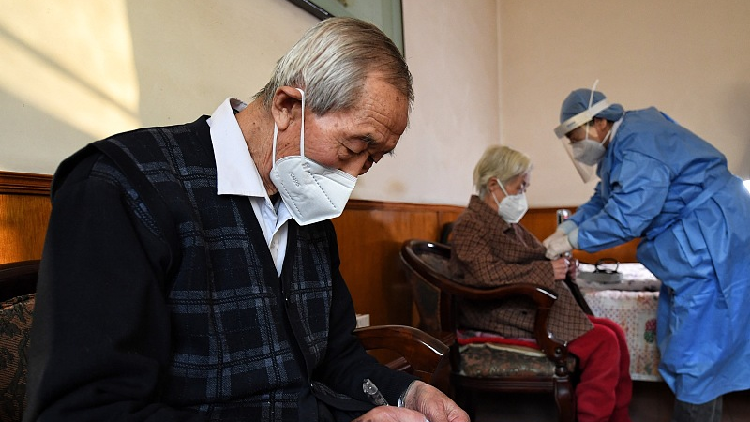Youth type 2 diabetes diagnoses jumped 77 percent during COVID-19

Story at a glance
- A new study details the extent of new-onset type 2 diabetes among youth throughout the COVID-19 pandemic.
- Although historically girls were more likely than boys to be diagnosed with the condition, researchers found new cases were more common among boys during the study window.
- Type 2 diabetes rates doubled among Black youth, nearly doubled among Hispanic youth and decreased among white youth.
New research led by a team at Johns Hopkins Children’s Center details an unprecedented increase in the number of new type 2 diabetes diagnoses among youth throughout the COVID-19 pandemic. However, “whether the increase was caused by COVID-19 infection, or just associated with environmental changes and stressors during the pandemic is unclear,” authors wrote.
Investigators assessed records of more than 3,000 children newly diagnosed with type 2 diabetes between March 2018 and February 2021.
Findings, published in the Journal of Pediatrics, showed new diagnoses of type 2 diabetes rose by 77 percent during the first year of the pandemic. A total of 825 cases were identified on average in the two pre-pandemic years compared with 1,463 in the first year of the pandemic.
Diagnosis rates nearly doubled in Hispanic youth over the past two years, while rates in Black children did double but rates in white children declined. The majority of newly diagnosed cases were among youth with public insurance.
“It used to be rare to hear about a child with type 2 diabetes, but its prevalence in adolescents has almost doubled in the past 20 years,” said co-author Megan M Kelsey of the Children’s Hospital Colorado in a statement. But “in the spring of 2020 we were inundated with new youth-onset type 2 diabetes cases,” Kelsey said.
America is changing faster than ever! Add Changing America to your Facebook or Twitter feed to stay on top of the news.
All included patients were between the ages 8 and 21, had a body mass index in the 85th percentile and presented to one of 24 U.S. hospitals. Few patients also had COVID-19 upon hospitalization.
Previous research has shown COVID-19 increases diabetes risk, especially among those already susceptible to the disease.
Obesity is also a key risk factor for the condition, while in the United States, nearly 1 in 3 children are currently overweight. Decreased physical activity stemming from virtual school and social isolation could have increased sedentary behaviors among children throughout the pandemic. Disrupted sleep schedules and more unhealthy eating also might have contributed to the uptick.
In addition to increased diagnoses, electronic medical record data showed “likelihood of presenting with metabolic decompensation and severe diabetic ketoacidosis also increased significantly during the pandemic.”
These new onset conditions put an “enormous strain” on pediatric diabetes health care providers, families, and patients alike, authors wrote.
Several social determinants of health contribute to the risk of type 2 diabetes, including limited access to healthy food. In the United States, non-Hispanic Black patients are twice as likely as their white counterparts to die from diabetes and are more likely to be hospitalized for lower limb amputations.
“Youth with type 2 diabetes are known to be exposed to significant environmental stressors, as evidenced by a high proportion coming from single-caregiver and low-income households, with low parental education attainment,” authors wrote.
In addition “mental health disorders are common in youth with obesity and diabetes. It is possible that elements of this underlying stress could contribute to the pathophysiology of diabetes.”
Although girls are typically diagnosed with type 2 diabetes more often than boys, results showed that in the first year of the pandemic 55 percent of new onset cases were among boys. “This was one of the more unusual findings from our study,” noted co-first author Risa Wolf in a release.
Researchers concluded by underscoring the importance of clinician screening for type 2 diabetes and an increased focus on exercising and healthy eating for children.



